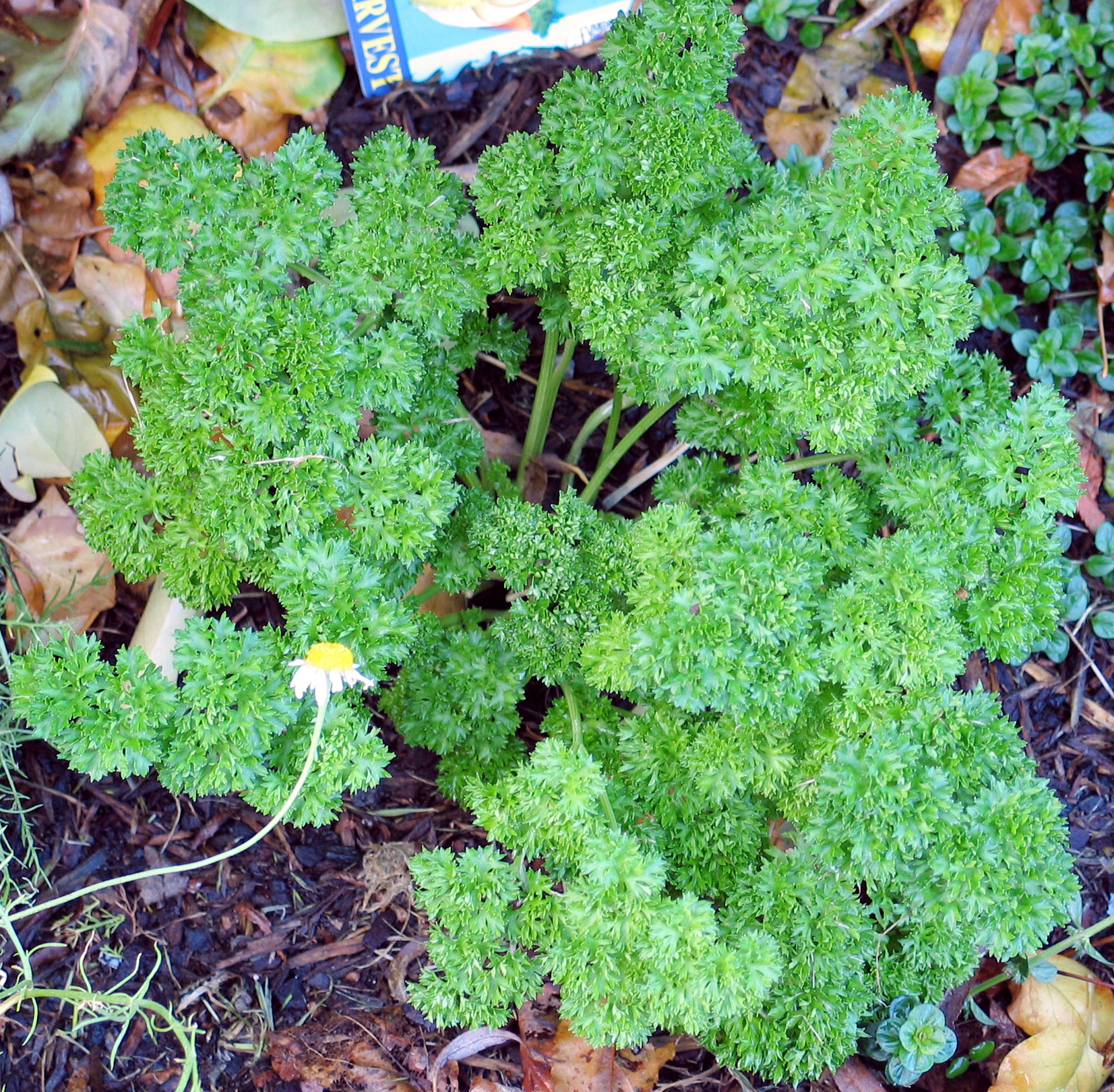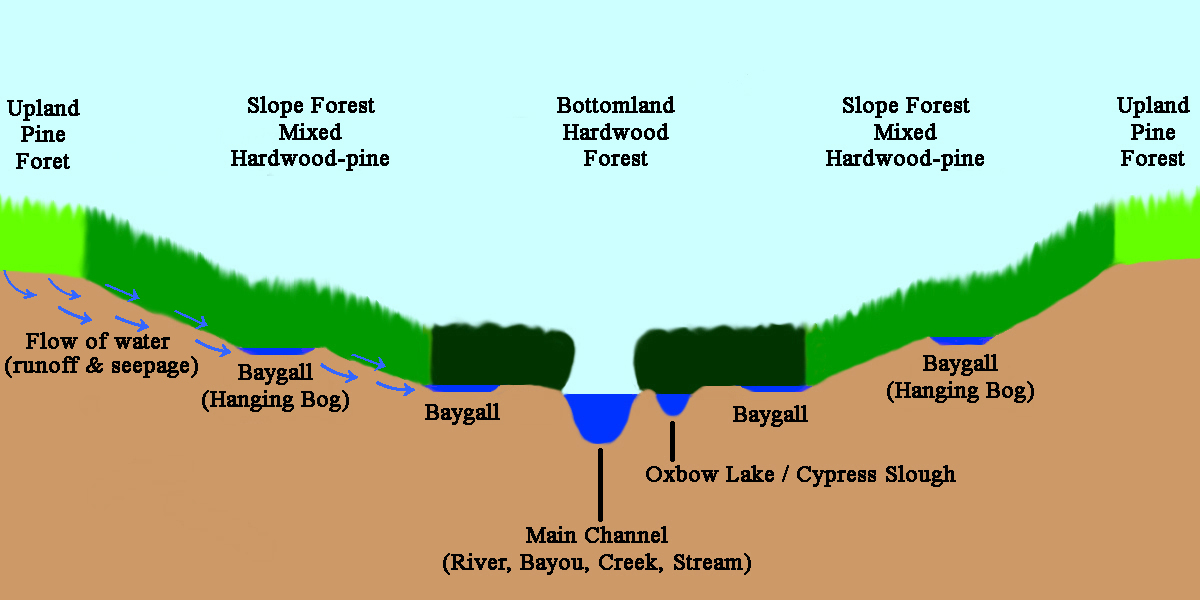|
Bartonia Paniculata
''Bartonia paniculata'', commonly known as twining screwstem, is a saprophytic, annual or biennial species that grows in acidic, sandy-peaty wetlands. Distribution ''Bartonia paniculata'' is the northernmost-ranging species in the genus '' Bartonia''. It is found along the Atlantic coastal plain; its widespread range crosses 29 American states and five Canadian provinces, and overlaps with that of '' Bartonia virginica''. The subspecies ''texana'' is found in eastern Texas and northeastern Louisiana; it was previously identified as ''Bartonia texana''. Conservation Twining screwstem is legally protected in the state of Michigan Michigan ( ) is a peninsular U.S. state, state in the Great Lakes region, Great Lakes region of the Upper Midwest, Upper Midwestern United States. It shares water and land boundaries with Minnesota to the northwest, Wisconsin to the west, ... as a threatened species. Populations of the subspecies ''texana'' have declined by 50% over the past 57 ... [...More Info...] [...Related Items...] OR: [Wikipedia] [Google] [Baidu] |
Saprophytic
Saprotrophic nutrition or lysotrophic nutrition is a process of chemoheterotrophic extracellular digestion involved in the processing of decayed (dead or waste) organic matter. It occurs in saprotrophs, and is most often associated with fungi (e.g. '' Mucor'') and with soil bacteria. Saprotrophic microscopic fungi are sometimes called saprobes. - "The word saprophyte and its derivatives, implying that a fungus is a plant, can be replaced by saprobe (σαπρός + βίος), which is without such implication." Saprotrophic plants or bacterial flora are called saprophytes ( ''sapro-'' 'rotten material' + ''-phyte'' 'plant'), although it is now believed that all plants previously thought to be saprotrophic are in fact parasites of microscopic fungi or of other plants. In fungi, the saprotrophic process is most often facilitated through the active transport of such materials through endocytosis within the internal mycelium and its constituent hyphae. states the purpose of sa ... [...More Info...] [...Related Items...] OR: [Wikipedia] [Google] [Baidu] |
Annual Plant
An annual plant is a plant that completes its life cycle, from germination to the production of seeds, within one growing season, and then dies. Globally, 6% of all plant species and 15% of herbaceous plants (excluding trees and shrubs) are annuals. The annual life cycle has independently emerged in over 120 different plant families throughout the entire angiosperm phylogeny. The evolutionary and ecological drivers of the annual life cycle Traditionally, there has been a prevailing assumption that annuals have evolved from perennial ancestors. However, recent research challenges this notion, revealing instances where perennials have evolved from annual ancestors. Intriguingly, models propose that transition rates from an annual to a perennial life cycle are twice as fast as the reverse transition. The life-history theory posits that annual plants are favored when adult mortality is higher than seedling (or seed) mortality, i.e., annuals will dominate environments with dis ... [...More Info...] [...Related Items...] OR: [Wikipedia] [Google] [Baidu] |
Biennial Plant
A biennial plant is a flowering plant that, generally in a temperate climate, takes two years to complete its biological life cycle. Background In its first year, the biennial plant undergoes primary growth, during which its vegetative structures (leaves, stems, and roots) develop. Usually, the stem of the plant remains short and the leaves are low to the ground, forming a rosette. After one year's growing season, the plant enters a period of dormancy for the colder months. Many biennials require a cold treatment, or vernalization before they will flower. During the next spring or summer, the stem of the biennial plant elongates greatly, or "bolts". The plant then flowers, producing fruits and seeds before it finally dies. There are far fewer biennials than either perennial plants or annual plants. Biennials do not always follow a strict two-year life cycle: most plants in the wild can take three or more years to mature. Rosette leaf size has been found to predict when a pla ... [...More Info...] [...Related Items...] OR: [Wikipedia] [Google] [Baidu] |
Bartonia
''Bartonia'' is a genus of the gentian family, tribe Gentianeae, subtribe Swertiinae. Members of this genus are called screwstems. ''Bartonia'' was also the name of a genus in the Loasaceae family, but those species are now generally classified under the genus ''Mentzelia''. , Kew's Plants of the World Online accepts three species of ''Bartonia'': *''Bartonia paniculata'' *''Bartonia verna'' *''Bartonia virginica ''Bartonia virginica'' is a species of a flowering plant in Gentianaceae. It is commonly called a yellow screwstem or yellow bartonia and it is an annual species with a small pale green to yellow flowers. Description ''Bartonia virginica'' is an ...'' References Gentianaceae Gentianaceae genera Taxa named by Gotthilf Heinrich Ernst Muhlenberg {{Gentianales-stub ... [...More Info...] [...Related Items...] OR: [Wikipedia] [Google] [Baidu] |
Atlantic Coastal Plain
The Atlantic Ocean is the second largest of the world's five borders of the oceans, oceanic divisions, with an area of about . It covers approximately 17% of Earth#Surface, Earth's surface and about 24% of its water surface area. During the Age of Discovery, it was known for separating the New World of the Americas (North America and South America) from the Old World of Afro-Eurasia (Africa, Asia, and Europe). Through its separation of Afro-Eurasia from the Americas, the Atlantic Ocean has played a central role in the development of human society, globalization, and the histories of many nations. While the Norse colonization of North America, Norse were the first known humans to cross the Atlantic, it was the expedition of Christopher Columbus in 1492 that proved to be the most consequential. Columbus's expedition ushered in an Age of Discovery, age of exploration and colonization of the Americas by European powers, most notably Portuguese Empire, Portugal, Spanish Empire, Sp ... [...More Info...] [...Related Items...] OR: [Wikipedia] [Google] [Baidu] |
Bartonia Virginica
''Bartonia virginica'' is a species of a flowering plant in Gentianaceae. It is commonly called a yellow screwstem or yellow bartonia and it is an annual species with a small pale green to yellow flowers. Description ''Bartonia virginica'' is an annual plant, that typically has simple stems that are wiry and erect. The stems are 1–4 dm tall, with opposite, strongly ascending branches. The leaves are scale-like usually opposite. The flowers are arranging in racemose or paniculate inflorescence, which have commonly opposite, very upright branches and pedicels. Each flower is 3–4 mm long with lance-subulate shaped sepals. The petals are oblong in shape and usually have denticulate margins and are abruptly narrowed to a rounded or obtuse, often mucronate tip. The anthers are minutely apiculate. It flowers late summer. The diploid (2n) chromosome count is fifty-two. Habitat ''Bartonia virginica'' grows in sphagnum bogs and wet meadows, where it is found in acid bogs with sphagnu ... [...More Info...] [...Related Items...] OR: [Wikipedia] [Google] [Baidu] |
Michigan
Michigan ( ) is a peninsular U.S. state, state in the Great Lakes region, Great Lakes region of the Upper Midwest, Upper Midwestern United States. It shares water and land boundaries with Minnesota to the northwest, Wisconsin to the west, Indiana and Illinois to the southwest, Ohio to the southeast, and the Canadian Provinces and territories of Canada, province of Ontario to the east, northeast and north. With a population of 10.14 million and an area of , Michigan is the List of U.S. states and territories by population, 10th-largest state by population, the List of U.S. states and territories by area, 11th-largest by area, and the largest by total area east of the Mississippi River.''i.e.'', including water that is part of state territory. Georgia (U.S. state), Georgia is the largest state by land area alone east of the Mississippi and Michigan the second-largest. The state capital is Lansing, Michigan, Lansing, while its most populous city is Detroit. The Metro Detroit r ... [...More Info...] [...Related Items...] OR: [Wikipedia] [Google] [Baidu] |
Baygall
A bayhead or baygall is a specific type of wetland or swamp habitat.Watson, Geraldine Ellis (2006) Big Thicket Plant Ecology: An Introduction, Third Edition (Temple Big Thicket Series #5). University of North Texas Press. 152 pp. Natural Communities of Louisiana:Bayhead Swamp/Forested Seep'. Louisiana Department of Wildlife and Fisheries. Retrieved 7 July 2020. The name ''baygall'' is derived from sweetbay magnolia (''Magnolia virginiana'') and sweet gallberry holly (''Ilex coriacea'').Ajilvsgi, Geyata (1979) Wild Flowers of the Big Thicket: East Texas, and Western Louisiana. Texas A&M University Press. College Station, Texas 361 pp. Baygalls are recognized as a discrete ecosystem by ecologists and the swamps have been described as "distinct wetland communities in the Natural Communities of Louisiana". Baygall swamps are most often found in the low lying margins of floodplains and bottomlands with little or poor drainage to the main creek, bayou, or river channel. Baygall or bayh ... [...More Info...] [...Related Items...] OR: [Wikipedia] [Google] [Baidu] |
Gentianaceae
Gentianaceae is a family of flowering plants of 105 genera and about 1600 species. Etymology The family takes its name from the genus ''Gentiana'', named after the Illyrian king Gentius. Distribution Distribution is cosmopolitan (species), cosmopolitan. Characteristics The family consists of trees, shrubs and herbs showing a wide range of colours and floral patterns. Flowers are actinomorphic and bisexual with fused sepals and petals. The stamens are attached to the inside of the petals (Stamens#Sexual reproduction in plants, epipetalous) and alternate with the corolla lobes. There is a glandular disk at the base of the gynoecium, and flowers have parietal placentation. The inflorescence is cymose, with simple or complex Cyme (botany), cymes. The fruits are dehiscent septicidal capsules splitting into two halves, rarely some species have a berry (botany), berry. Seeds are small with copiously oily endosperms and a straight embryo. The habit varies from small trees, pachycaul sh ... [...More Info...] [...Related Items...] OR: [Wikipedia] [Google] [Baidu] |
Flora Of Eastern Canada
Flora (: floras or florae) is all the plant life present in a particular region or time, generally the naturally occurring ( indigenous) native plants. The corresponding term for animals is ''fauna'', and for fungi, it is '' funga''. Sometimes bacteria and fungi are also referred to as flora as in the terms '' gut flora'' or '' skin flora'' for purposes of specificity. Etymology The word "flora" comes from the Latin name of Flora, the goddess of plants, flowers, and fertility in Roman mythology. The technical term "flora" is then derived from a metonymy of this goddess at the end of the sixteenth century. It was first used in poetry to denote the natural vegetation of an area, but soon also assumed the meaning of a work cataloguing such vegetation. Moreover, "Flora" was used to refer to the flowers of an artificial garden in the seventeenth century. The distinction between vegetation (the general appearance of a community) and flora (the taxonomic composition of a community) ... [...More Info...] [...Related Items...] OR: [Wikipedia] [Google] [Baidu] |



